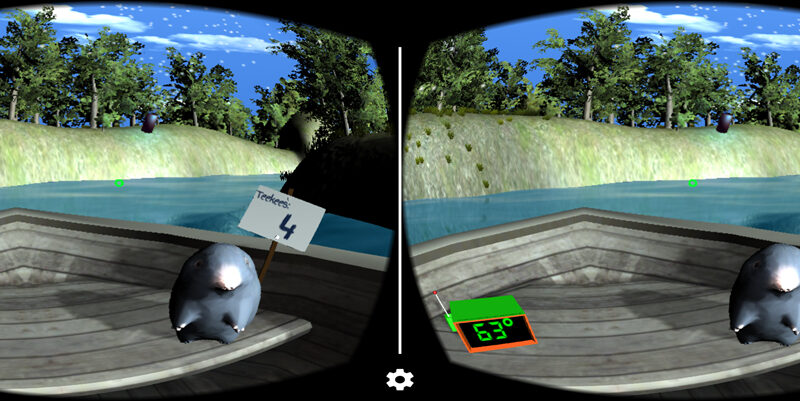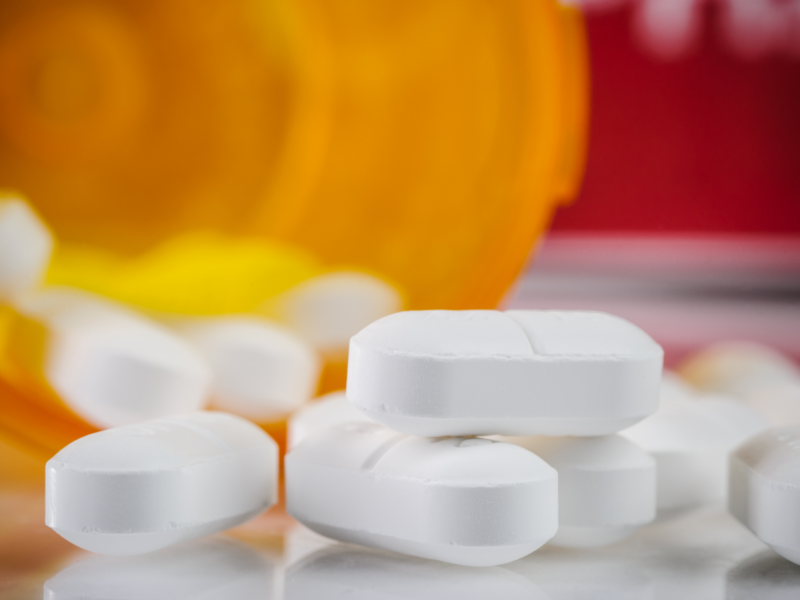NCHart-1 a New Approach to Estimating Total Body Surface Area Burn Percentages
NCHart-1 a New Approach to Estimating Total Body Surface Area Burn Percentages https://pediatricsnationwide.org/wp-content/themes/corpus/images/empty/thumbnail.jpg 150 150 Abbie Miller Abbie Miller https://pediatricsnationwide.org/wp-content/uploads/2023/05/051023BT016-Abbie-Crop.jpg- January 19, 2022
- Abbie Miller
The new chart reduces math errors, improving accuracy for better outcomes.
When a child has a burn injury, immediate care is essential. Fluid administration and treatment resources needed are decisions made in the field by emergency medical technicians (EMTs) and paramedics. Both decisions hinge on what percent of the child’s skin has burns. This number is called the total body surface area (TBSA-burned).
Inadequate fluid resuscitation can result in organ hypoperfusion, ischemia, thrombosis, . On the flip side, administering too much fluid can result in tissue damage from local swelling, cardiac overload in small children, compartment syndrome and complications such as pneumonia, acute respiratory distress syndrome, and multiorgan system failure.
“Initial fluid administration matters,” says Renata Fabia, MD, PhD, co-director of the Burn Program at Nationwide Children’s Hospital and professor of clinical surgery at The Ohio State University College of Medicine. “If incorrect fluids are initially administered, we can’t quickly and easily titrate to the appropriate level at the hospital. It takes a significant amount of time to adjust fluid levels once the child is admitted, and by that time, complications may have already developed.”
Additionally, wrongly assessing the TBSA can result in children being directed to care centers that are not appropriate to the level of care they need.
Since the 1940s, EMTs have commonly used the Lund and Browder table to determine the TBSA-burned. Using a chart with complicated divisions of the body, they’d have to gauge estimates of the percentages in the chart and add them to calculate the percent of the body covered in burns.
For example, if a child presented with severe burns across various body parts, the calculation might look something like:
One-third of 17% + two-thirds of 15% + one-fourth of 5% + half of 13%
Past research has shown that overestimation occurs throughout the entire TBSA-burned spectrum and underestimation occurs less frequently but with increasing TBSA-burned.
Burn specialists and surgeons have noted over the past decades that misestimates of burn percentage are common. When miscalculations lead to errors in fluid administration – or children not getting the level of care they need – the results can be fatal.
Dr. Fabia and her colleagues reached out to Will Ray, PhD, principal investigator in the Battelle Center for Mathematical Medicine in the Abigail Wexner Research Institute, and together they began to look at the problem from a different perspective. Their study, recently published in Journal of Burn Care & Research, not only aimed to understand why the misestimations were happening but also to propose a solution.
“We started out thinking that something must be wrong with the chart to have so many miscalculations. We wondered if rising rates of obesity were causing the chart to be inaccurate,” says Dr. Ray. “But over the course of our research, we found that the problem was not the chart – it was the math.”
To address the challenging math associated with conventional burn charts, Drs. Fabia and Ray and their teams developed a new chart with stunning simplicity. The chart divides the body into small segments of roughly 1% body surface area. Using this chart, all emergency care providers need to do is count.
The new chart, called NCHart-1, has been validated by burn experts, EMTs and even high schoolers. Both health care professionals and high school students are able use the chart to assign accurate (within 6%) TBSA in less than 2 minutes.
“It’s so easy, so simple now that even untrained people can get a reasonably accurate estimation of burn percentage,” says Dr. Ray. “With training and experience, the estimates only get better using NCHart-1.”
The chart has the ability to dramatically reduce medication errors and improve treatment. The team is working with the Office of Technology Commercialization at Nationwide Children’s to develop an app that will make the new chart even more accessible.
Reference:
Ray WC, Rajab A, Alexander H, Chmil B, Rumpf RW, Thakkar R, Viswanathan M, Fabia R. A 1%TBSA chart reduces math errors while retaining acceptable first-estimate accuracy. Journal of Burn Care & Research. 2021 Oct 19;irab192.
About the author
Abbie (Roth) Miller, MWC, is a passionate communicator of science. As the manager, medical and science content, at Nationwide Children’s Hospital, she shares stories about innovative research and discovery with audiences ranging from parents to preeminent researchers and leaders. Before coming to Nationwide Children’s, Abbie used her communication skills to engage audiences with a wide variety of science topics. She is a Medical Writer Certified®, credentialed by the American Medical Writers Association.
-
Abbie Millerhttps://pediatricsnationwide.org/author/abbie-miller/
-
Abbie Millerhttps://pediatricsnationwide.org/author/abbie-miller/
-
Abbie Millerhttps://pediatricsnationwide.org/author/abbie-miller/
-
Abbie Millerhttps://pediatricsnationwide.org/author/abbie-miller/
- Posted In:
- Clinical Updates
- Features
- In Brief
- Research







